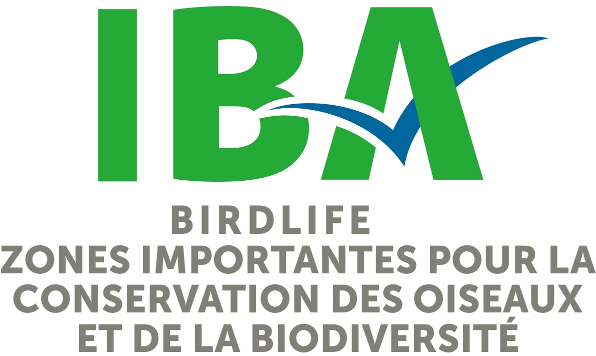West End of Lake Ontario (ON022)
Hamilton, Ontario
Description du site
This site is defined generally as the part of Lake Ontario west of a line stretching from Port Credit on the north shore to the mouth of the Niagara River on the south shore, and bounded on the west by Burlington Bar. The shoreline is one of low relief (<10m), with unconsolidated cliffs of clay-silt sediments. The coast is straight, with beaches across the mouths of small rivers ('Southeast Coast' subdivision), sedimentary rock outcrops ('Burlington Bar System' subdivision), and a wide sand barrier, up to 2 m, high across Hamilton Harbour. There is widespread artificial protection of the shoreline. Erosion rates are low as shoreline is relatively sheltered and prevailing winds are westerly. Shore-zone ice can persist up to 4 months; ice forms at west end of the lake by late December, and breaks appear in late February. Water currents are sensitive to wind direction, but appear to be predominantly counter-clockwise around Lake Ontario. Water temperatures reach 24 degrees C in late summer. Maximum lake depth at the west end of the lake is 100 m; lake contours indicate a gradual slope from the shoreline to this depth.
Beginning in 2015, an IBA-wide volunteer waterbird census is being held every other Saturday. More details, including a Map are available here.
Oiseaux
The west end of Lake Ontario is not a discrete area, but is defined by the impressive congregations of waterfowl which have gathered there annually since about 1990, primarily in late winter and early spring. Flocks of mainly diving ducks number in thousands, sometimes tens of thousands, with the more abundant species being Greater Scaup, White-winged Scoter, and Long-tailed Ducks (these three species all occur in numbers greater than 1% of their estimated North American population). Amongst these huge flocks, several other species of diving duck occur in impressive numbers for an inland location - including Common Goldeneye, King Eider, Red-breasted Merganser, and Surf Scoter.
Where the flocks gather within this area appears to be weather dependent; that is, strong winds cause the flocks to shift locations, presumably in response to demands for shelter and feeding opportunities. The concentrations of waterfowl are most likely in response to the invasion and colonization of the shallow waters by dreissenid mussels, Zebra Mussel Dreissena polymorpha and Quagga Mussel D. bugensis. It is likely that most foraging for mussels by scaups, goldeneyes and scoters occurs on shelves less than 20 m deep around the perimeter of the lake; however, Long-tailed Ducks can forage in depths up to 100 m.
Enjeux de conservation
Pollution is the primary concern due to the amount of industrial development and agriculture around the western end of Lake Ontario. In particular, the biomagnification of toxics and pesticides through dreissenid mussels as food for the diving ducks is a concern. Shoreline development also has the potential for impacting birds, as does irresponsible disturbance of flocks by watercraft.
Catégories ZICO Habitats Usages Menaces Potencielles ou Existantes Status de Protection

